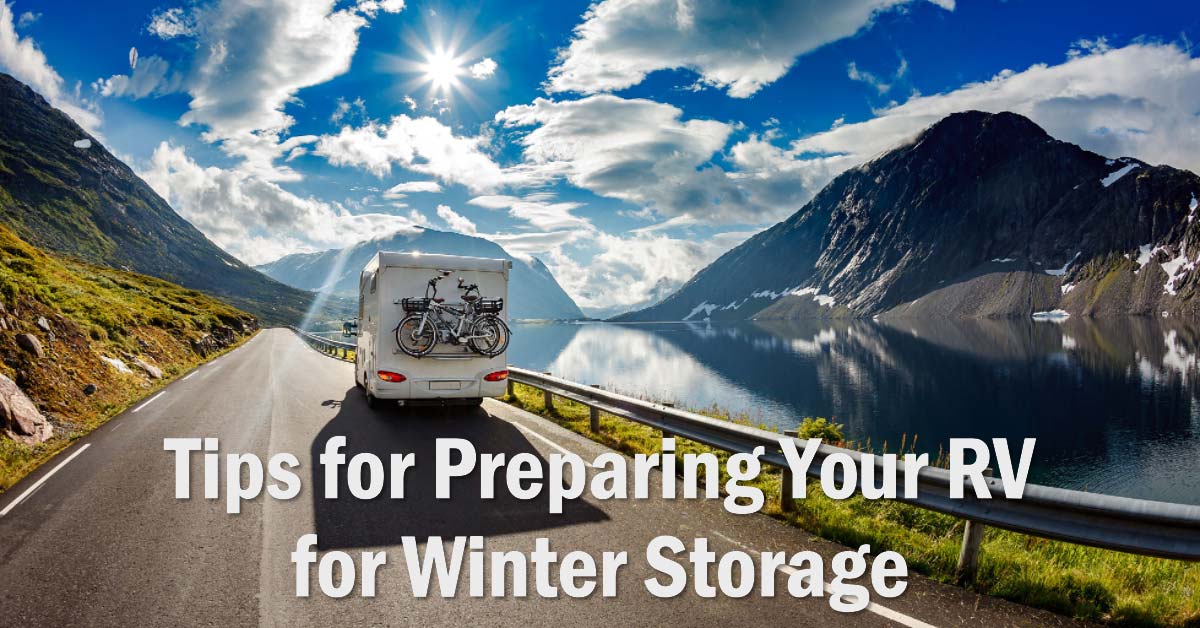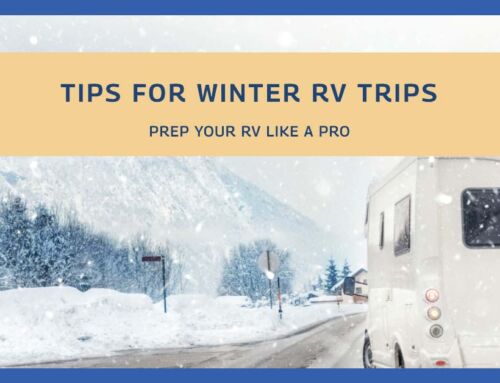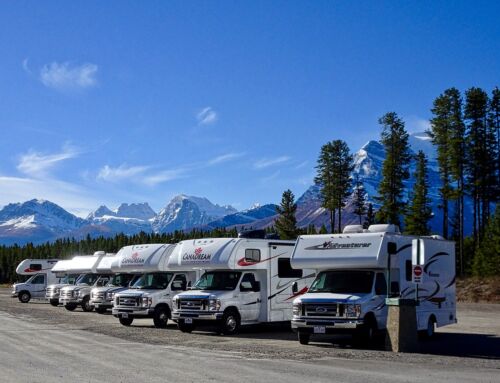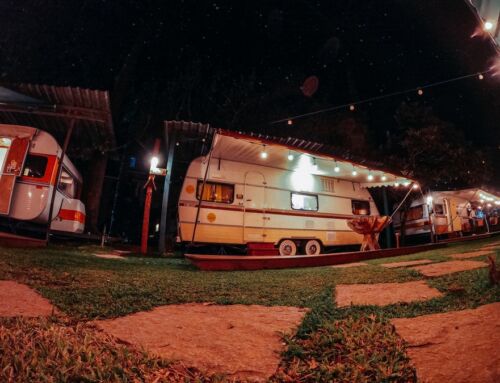Your RV stands as a testament to the many adventures and memories you’ve forged on the open road. As winter approaches, safeguarding this prized possession from the harsh elements becomes paramount. This article delves deep into essential steps and tips for optimal winter storage, ensuring your RV remains in prime condition and ready for the adventures ahead.
| Topic | Key Points |
|---|---|
| Introduction | The importance of proper winter RV storage. |
| Essential Steps | Crucial steps for winterizing your RV. |
| Additional Tips | Supplementary advice for RV winter preparation. |
| Conclusion | The significance of a well-prepared RV for winter. |
| Contact Info | Reaching out to professionals for further assistance. |
Essential Steps for RV Winter Storage
Properly winterizing your RV for winter involves several vital steps, each contributing to the longevity and maintenance of your vehicle:
- Thorough Cleaning: Begin by cleaning your RV, both interior and exterior. Empty it of food items, toiletries, and any perishables to deter pests and prevent mold. Washing the exterior ensures that accumulated dirt and road residue are removed.
- Seal Inspection: It’s crucial to inspect all the seals on your RV. Areas such as windows, doors, and roof vents are where sealants can often deteriorate. Replace any sealants that appear cracked or compromised.
- Pipe Protection: To prevent pipes from freezing and potentially bursting, drain them and introduce a non-toxic antifreeze. Make sure to properly drain all water sources, including the water heater and tanks.
- Battery Maintenance: Detach the battery, give the terminals a clean, and store it in a cool, dry location. Over the winter months, periodically check and charge the battery to maintain its lifespan.
- Tire Upkeep: Prolonged sitting can cause tires to develop flat spots. Ensure they are inflated to the recommended PSI and consider utilizing tire covers for added protection against the elements.
Additional Tips for RV Winter Storage
Beyond the basic preparatory steps, there are a handful of additional considerations to enhance your RV’s winter resilience:
- Ventilation: Preventing moisture build-up is paramount, as it can lead to mold and mildew formation. Consider leaving roof vents slightly ajar to promote ventilation but employ covers to deter snow and rain entry.
- Pest Control: Stationary RVs are tempting residences for rodents. Ensure all potential entry points are sealed, and deploy natural repellents or traps as a preventative measure.
- Insurance Review: It’s wise to revisit your RV insurance policy before storage. Some policies have specific clauses related to winter storage, and there might be avenues for cost savings when the RV isn’t in use.
Conclusion
The act of winterizing your RV is more than a routine—it’s a commitment to preserving your investment and ensuring it stands ready for future adventures. With meticulous preparation and by following these guidelines, your RV will remain in impeccable shape, eagerly awaiting the next travel season.
For those seeking more tailored advice or who have further queries, the knowledgeable team at Downtown Autobody is always available to assist. And for added convenience, don’t forget we offer free loaner cars. Here’s to more adventures and memories on the horizon!




